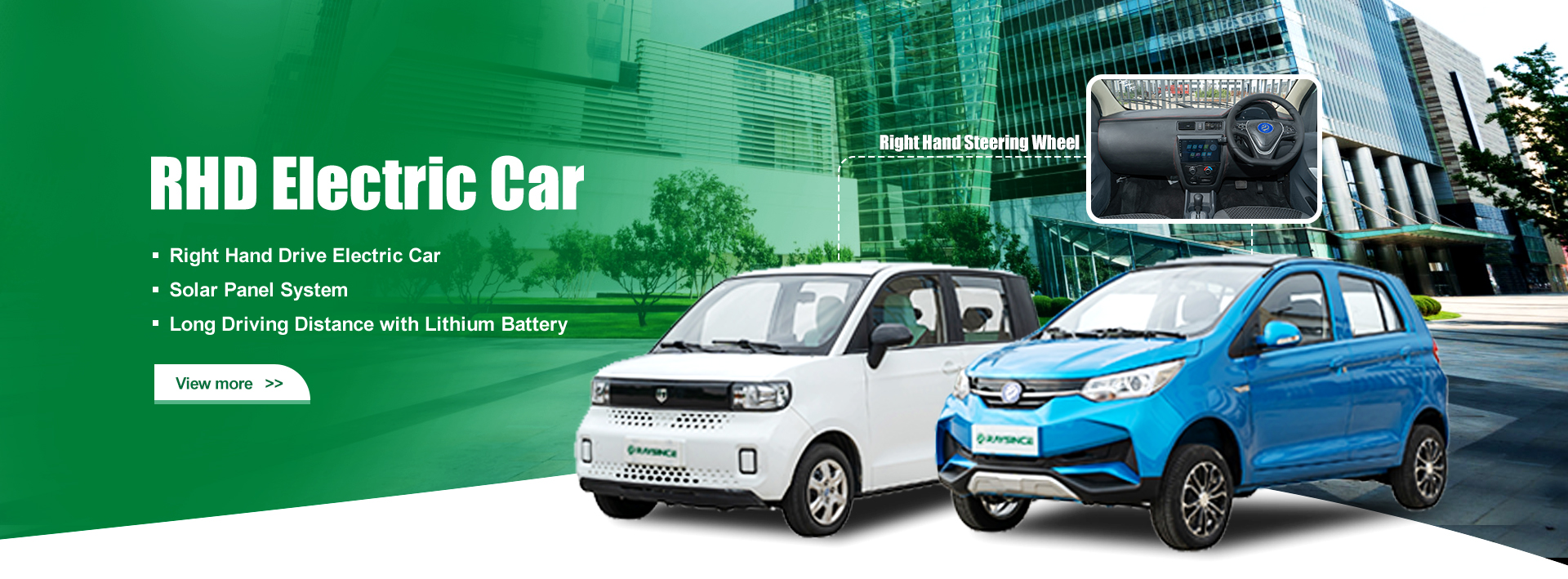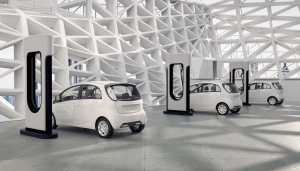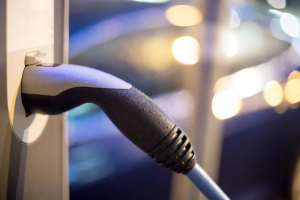1. Pay attention to the charging time, it is recommended to use slow charging
The charging methods of new energy vehicles are divided into fast charging and slow charging. Slow charging generally takes 8 to 10 hours, while fast charging generally can charge 80% of the power in half an hour, and it can be fully charged in 2 hours. However, fast charging will use a large current and power, which will have a greater impact on the battery pack. If charging too fast, it will also form a virtual battery, which will reduce the life of the power battery over time, so it is preferred if time permits. Slow charge method.It should be noted that the charging time should not be too long, otherwise overcharging will occur and the vehicle battery will heat up.
2. Pay attention to the power when driving to avoid deep discharge
New energy vehicles generally remind you to charge as soon as possible when the battery remains 20% to 30%. If you continue to drive at this time, the battery will be deeply discharged, which will also shorten the battery life. Therefore, when the remaining power of the battery is low, it should be charged in time.
3. When storing for a long time, do not let the battery run out of power
If the vehicle is to be parked for a long time, be sure not to let the battery drain. The battery is prone to sulfation in the state of depletion, and the lead sulfate crystals adhere to the plate, which will block the ion channel, cause insufficient charging, and reduce the battery capacity.
Therefore, when the new energy vehicle is parked for a long time, it should be fully charged. It is recommended to charge it regularly to keep the battery in a healthy state.
4. Prevent the charging plug from overheating
For plug-in charging new energy vehicles, the charging plug also needs attention. First of all, keep the charging plug clean and dry, especially in winter, to prevent the rain and snow melting water on the plug from flowing into the car body; secondly, when charging, the power plug or the charger output plug is loose, and the contact surface is oxidized, which will cause the plug to heat up. , the heating time is too long, the plug will be short-circuited or the contact will be poor, which will damage the charger and battery. Therefore, if there is a similar situation, the connector should be replaced in time.
5. New energy vehicles also need “hot cars” in winter
Under low temperature conditions in winter, the battery performance will be greatly attenuated, resulting in low charging and discharging efficiency, reduced battery capacity, and reduced cruising range. Therefore, it is necessary to warm up the car in winter, and drive the warm car slowly to let the battery gradually heat up in the coolant to help the battery work.
Post time: Feb-09-2023








